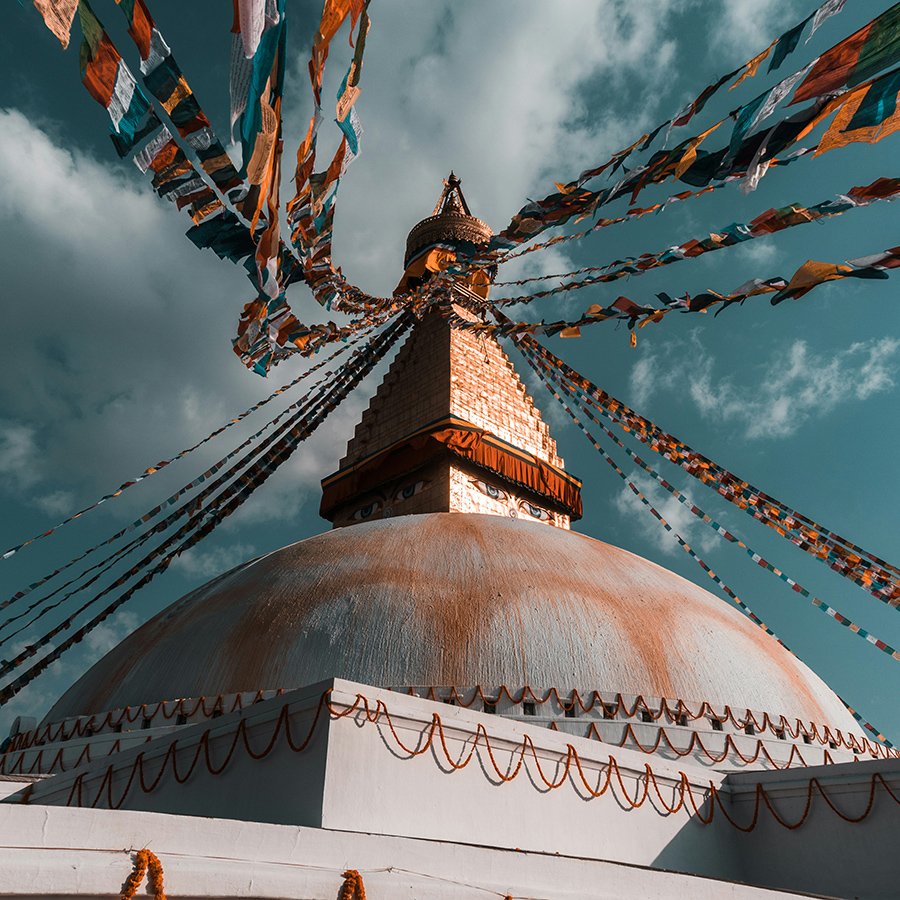Introduction
Blessing ceremonies in Tibetan Buddhism are ancient, sacred rituals that serve to consecrate objects, spaces, and individuals with spiritual power. These ceremonies, performed by monks and lamas, are far more than symbolic gestures; they are intentional transmissions of energy, compassion, and protection.
For those who purchase Tibetan malas, amulets, or sacred jewelry like those from Chosenjew, understanding what happens during these blessings deepens appreciation for their spiritual significance. This article offers an in-depth look into the steps, symbolism, and meaning behind the Tibetan monk blessing ceremony.
1. The Importance of Blessing in Tibetan Buddhism
In Tibetan Buddhist practice, blessings are essential for activating the spiritual potential of objects. Unblessed items are seen as mere materials, but once blessed, they transform into sacred vessels that can aid meditation, healing, and protection.
The concept of Rab Ney (རབ་གནས་), or consecration, embodies the process of infusing physical things with enlightened energy. This is achieved through mantra recitation, ritual offerings, and meditation.
2. Setting the Sacred Space
The blessing ceremony begins with preparing a sacred environment. Monks often conduct these rituals in monasteries, meditation halls, or secluded hermitages decorated with prayer flags, thangkas, and statues.
- Incense and Butter Lamps: Lighting incense (usually juniper, sandalwood, or medicinal herbs) purifies the air, while butter lamps symbolize the light of wisdom dispelling ignorance.
- Sacred Implements: Bells (drilbu) and vajras (dorje) are ritual tools representing wisdom and compassion used during the ceremony.
3. Preparation of the Items to be Blessed
The objects, such as malas or amulets, are first purified physically and spiritually.
- Physical Cleansing: Gentle wiping or rinsing to remove dust.
- Spiritual Cleansing: Passing the objects through the smoke of burning incense to clear negative energies.
4. Invocation of Enlightened Beings
Central to the ritual is calling upon enlightened Buddhas and Bodhisattvas to witness and empower the blessing.
- Mantras: Monks chant sacred sounds, including:
- “Om Mani Padme Hum” – the mantra of compassion linked to Avalokiteshvara (Chenrezig).
- “Om Ah Hum” – purifying body, speech, and mind.
- Long tantric dharanis for specific purposes like protection or healing.
- Mudras: Hand gestures help direct spiritual energy and symbolize different qualities.
5. Visualization and Spiritual Transformation
The monks engage in deep meditative visualization, dissolving the objects into pure light and recreating them infused with blessings.
- This process signifies that the objects are now no longer mundane but become “pure and holy.”
- The visualization is often accompanied by prayers that dedicate the merit of the ceremony to all beings.
6. Offerings During the Ceremony
Offerings are symbolic gifts to enlightened beings and include:
- Bowls of water, representing purity and generosity.
- Flowers and fruits, symbolizing impermanence and gratitude.
- Rice, incense, and butter lamps to honor the elements and the dharma.
7. Dedication of Merit
At the end, monks dedicate the positive energy generated during the ceremony to benefit all sentient beings. This ensures the blessings extend beyond the object to help everyone.
8. The Role of the Monk and the Community
Only monks with proper empowerment and spiritual realization perform these rituals.
- Group chanting by monastic communities amplifies the power.
- Senior lamas often perform special empowerment blessings.
9. How Blessings Affect the Objects
Blessed malas and amulets become more than accessories; they are energetic tools to:
- Support meditation and mindfulness.
- Protect against negative influences.
- Inspire compassion and spiritual growth.
10. Receiving and Using a Blessed Item
After receiving a blessed object, users are encouraged to:
- Treat it respectfully and avoid disrespectful environments.
- Cleanse it occasionally with incense or sunlight.
- Use it during meditation or prayer to deepen connection.
Conclusion
The Tibetan monk blessing ceremony is a profound spiritual practice that transforms ordinary objects into sacred allies for your spiritual journey. Understanding the ritual enriches the meaning and power of the malas and jewelry you wear or gift.


